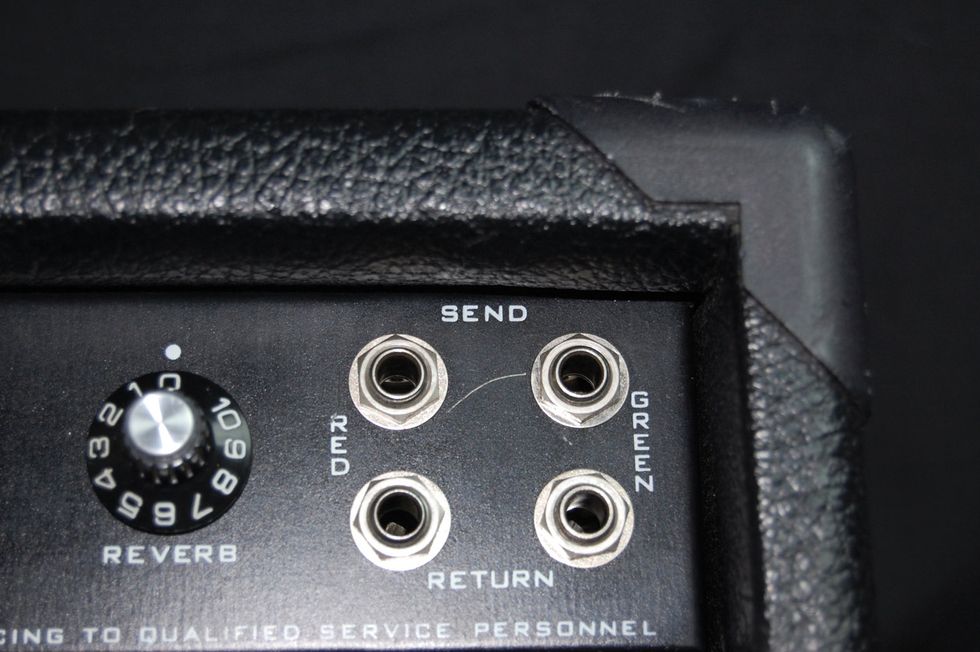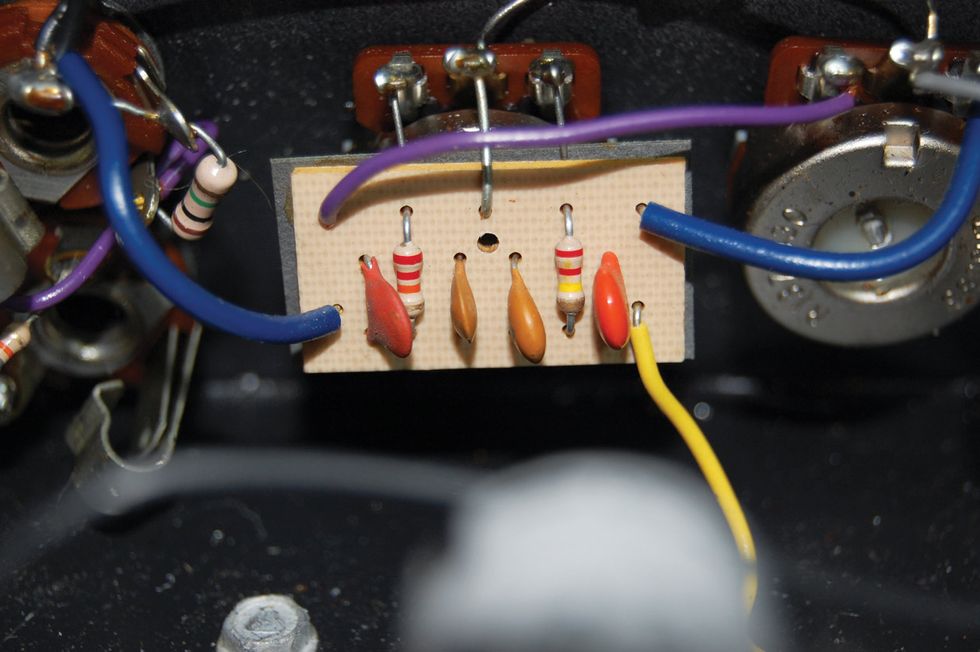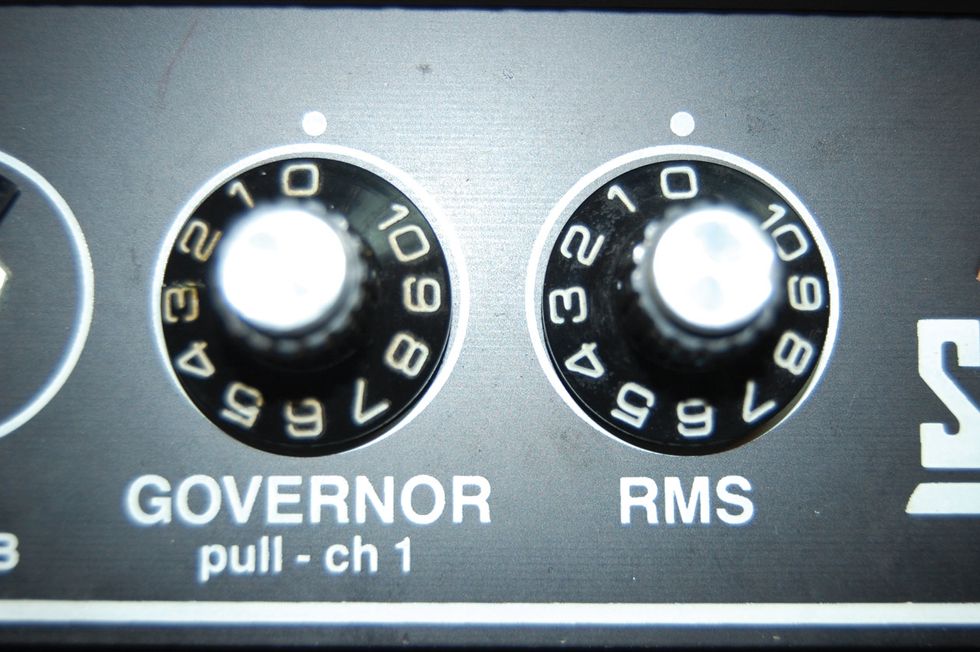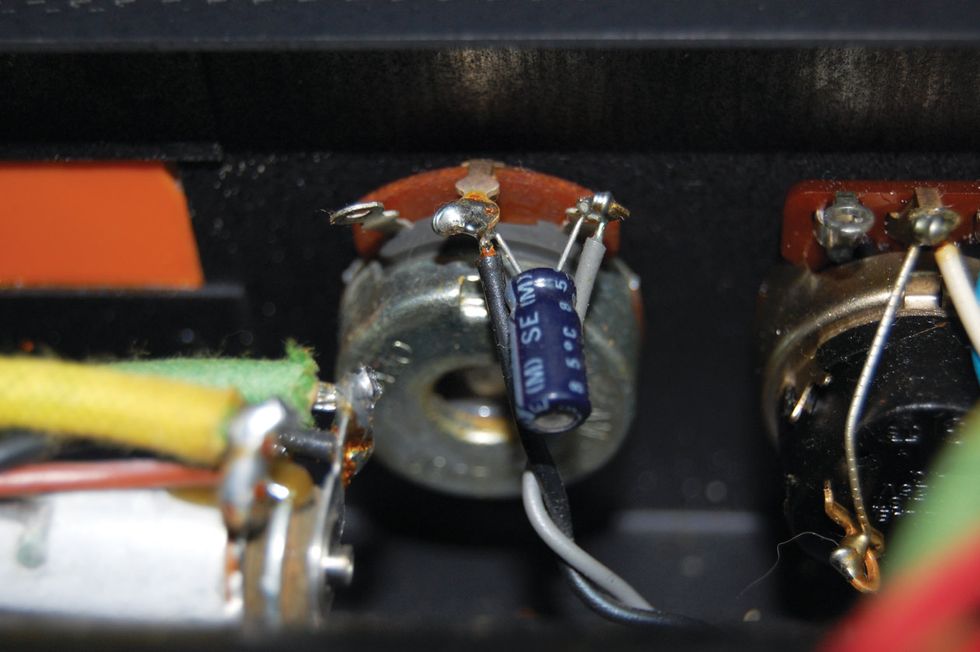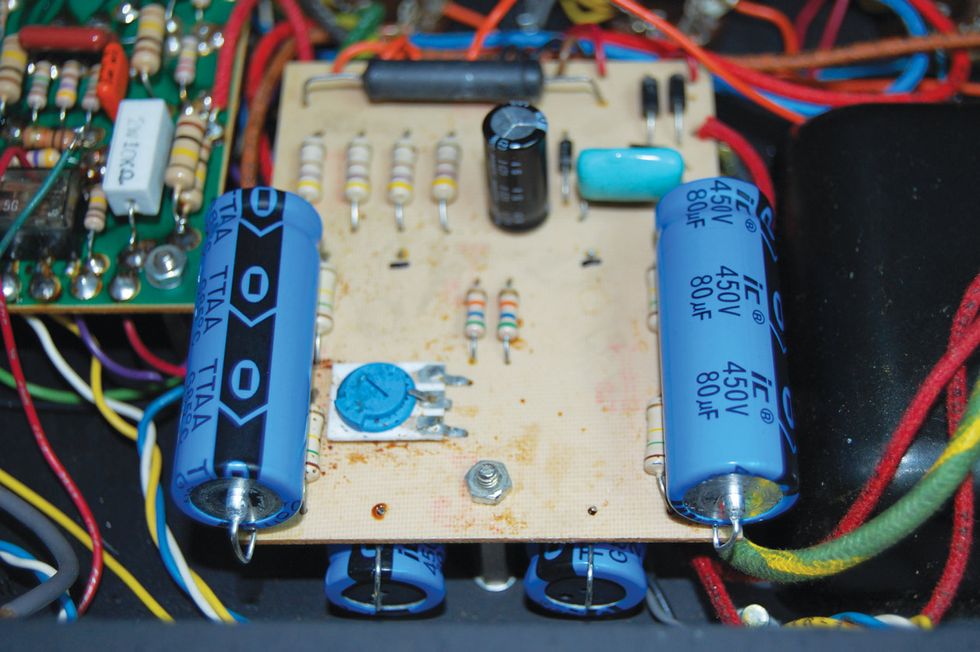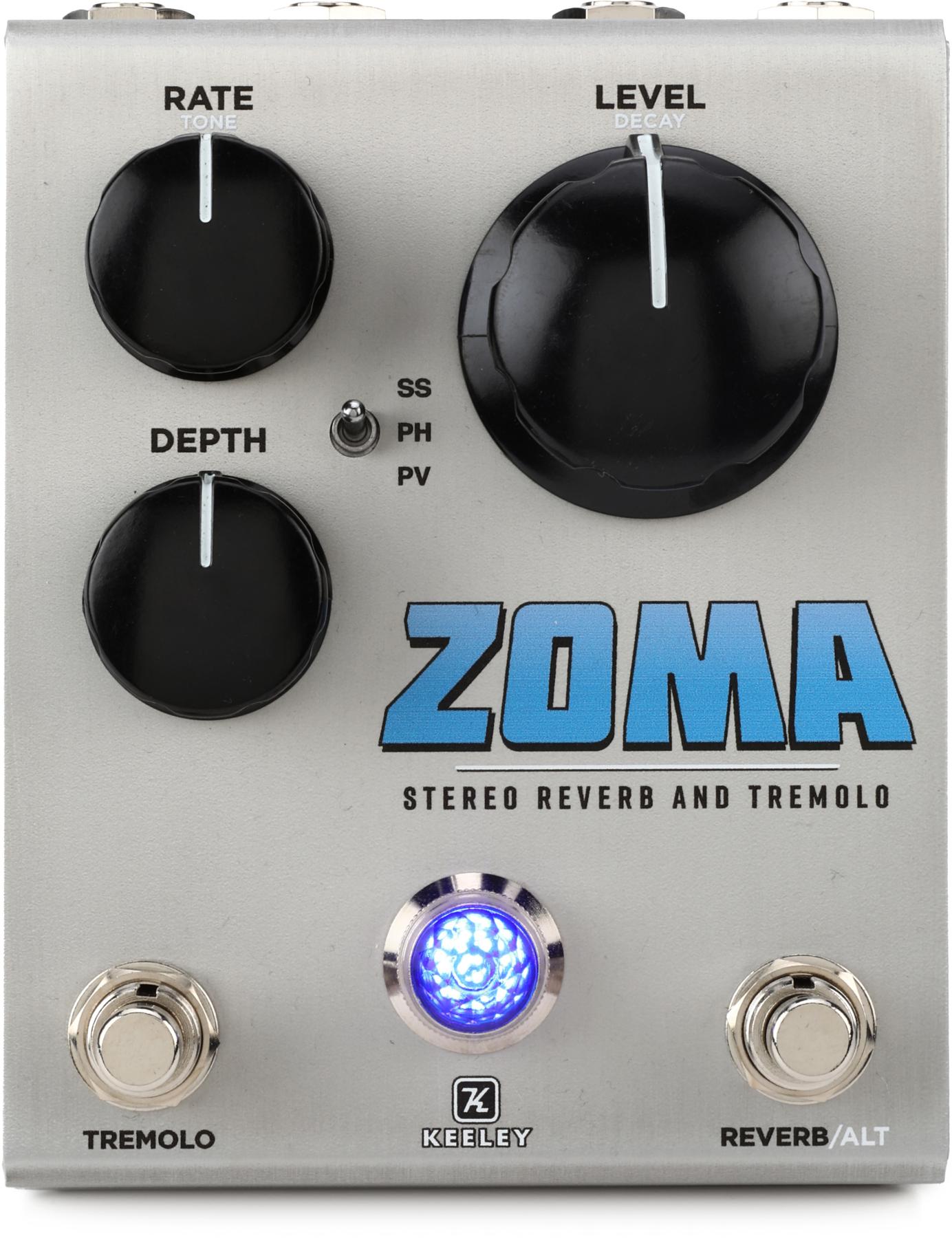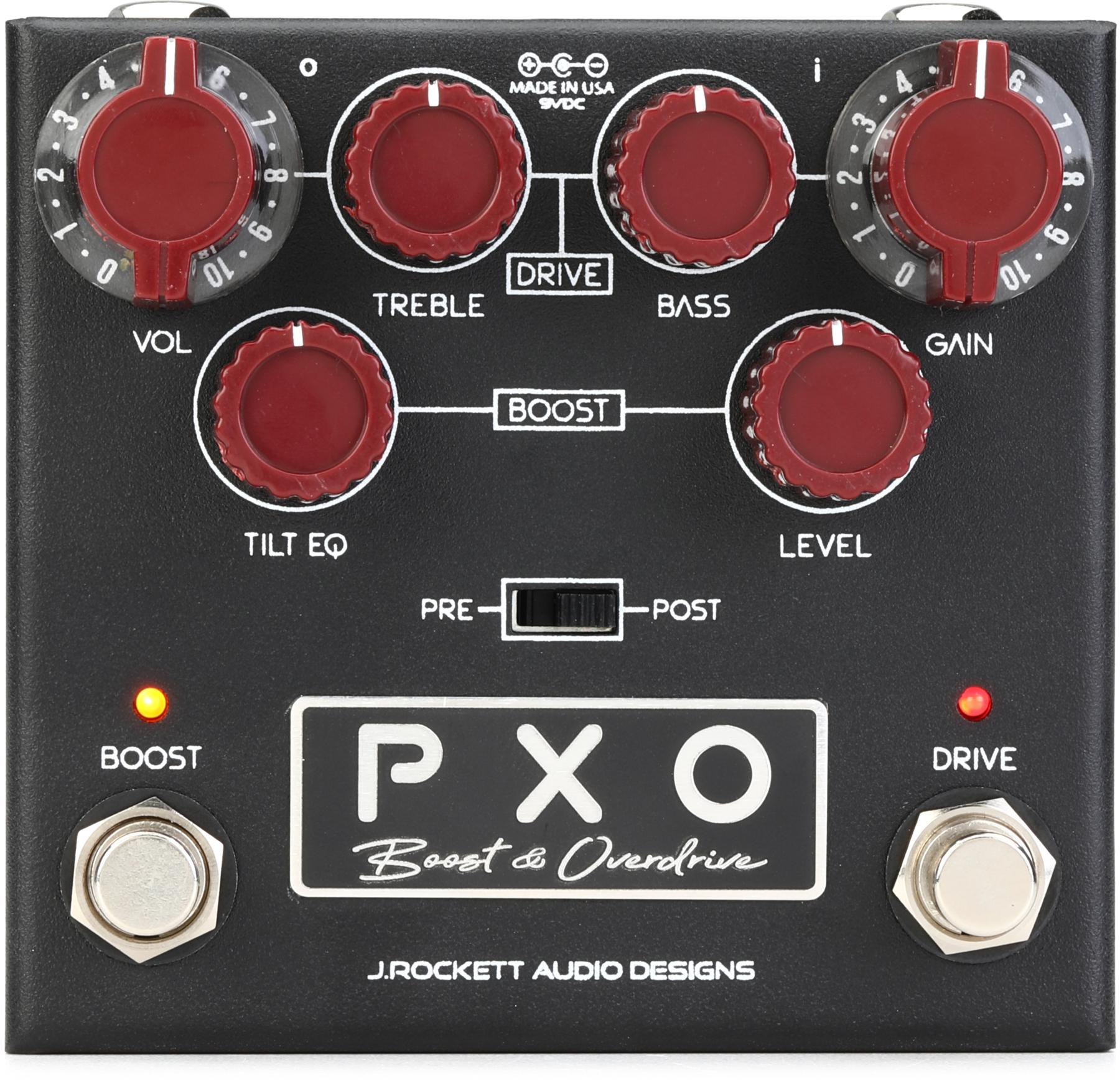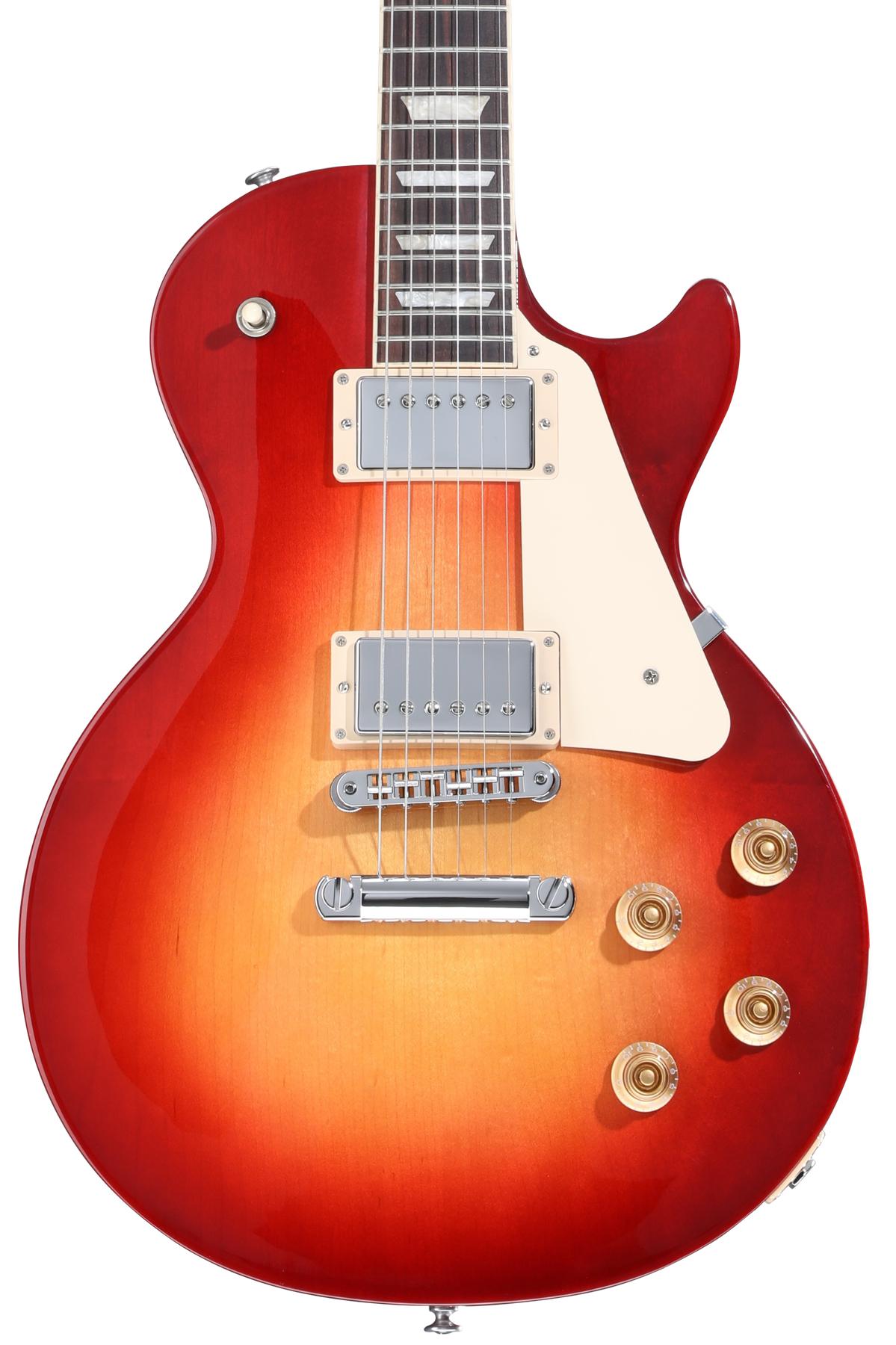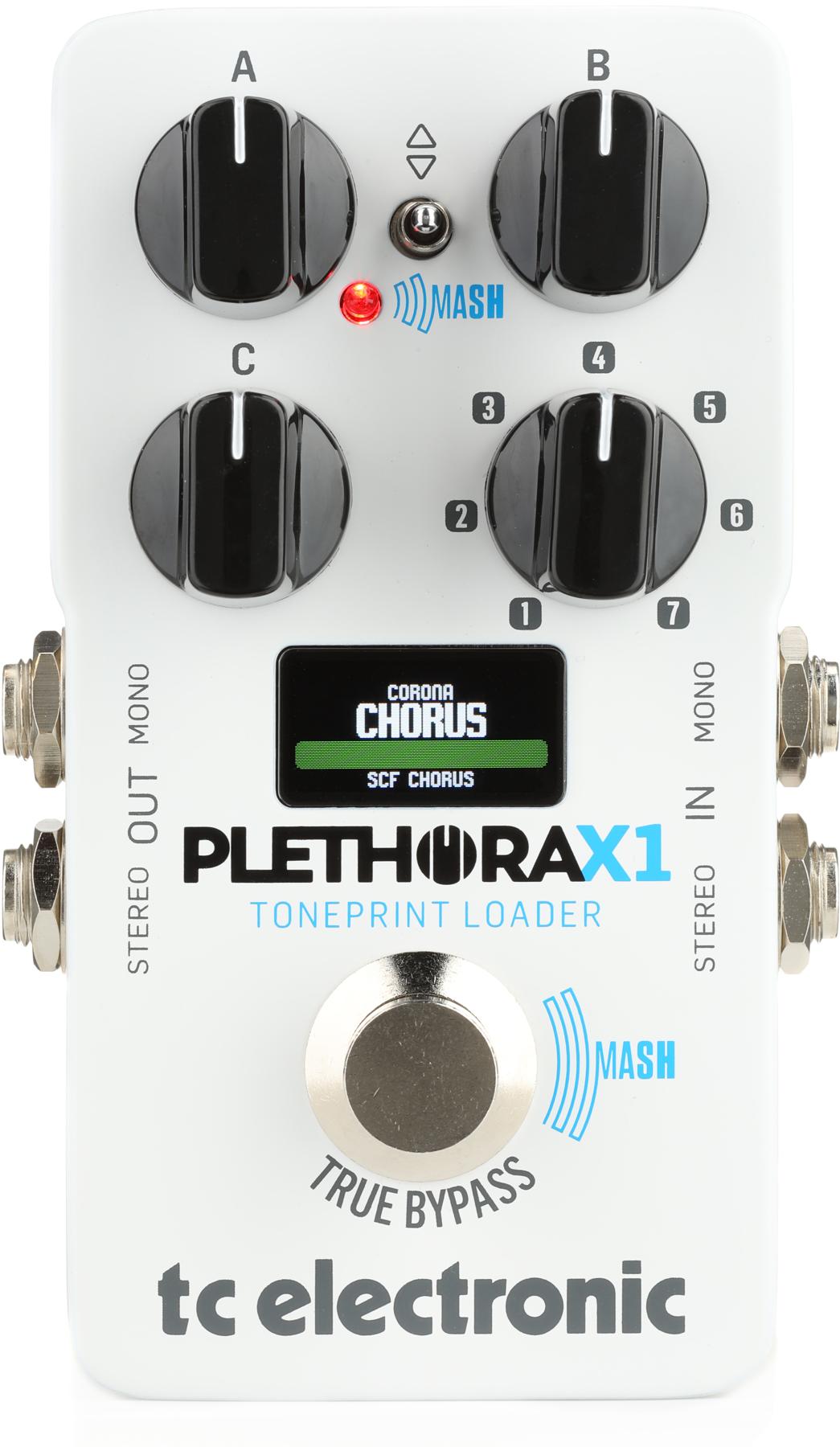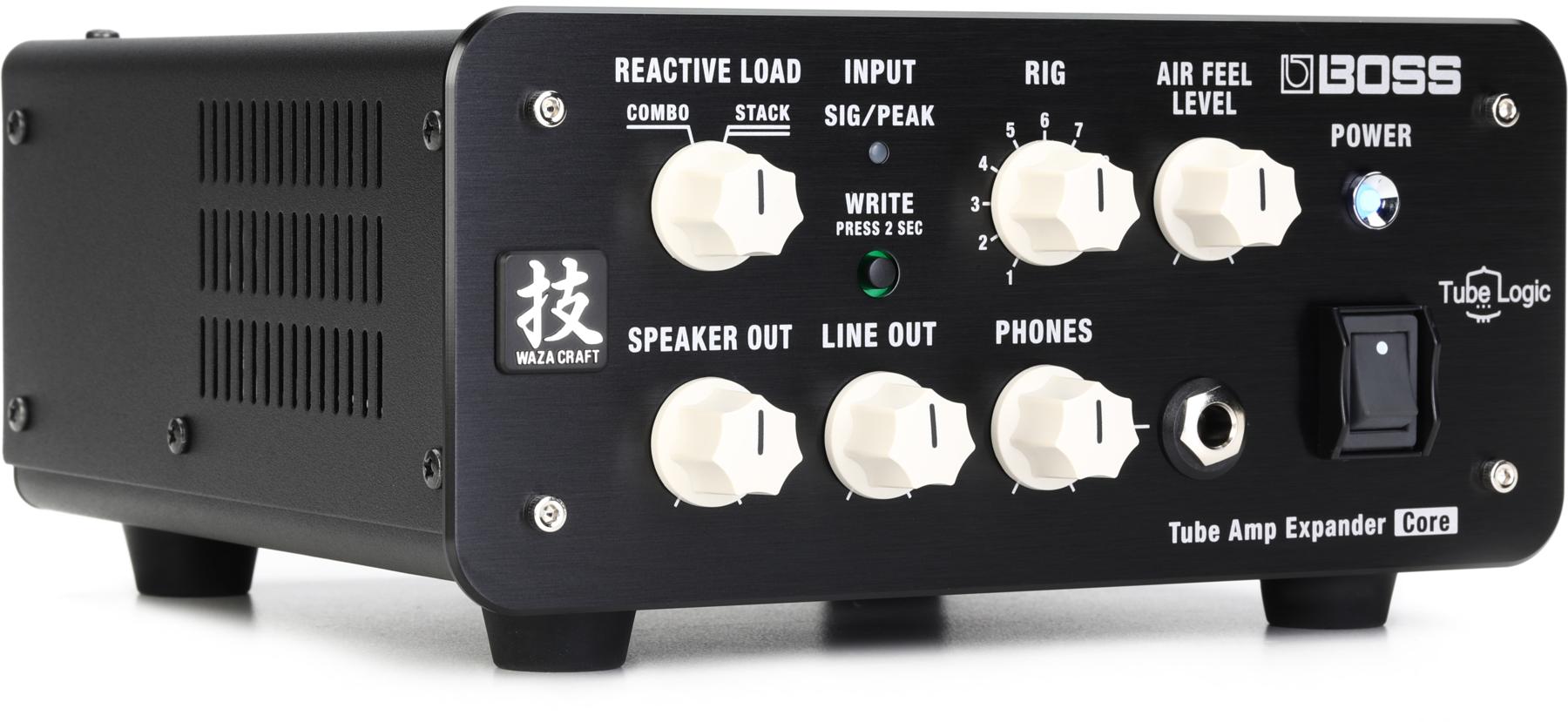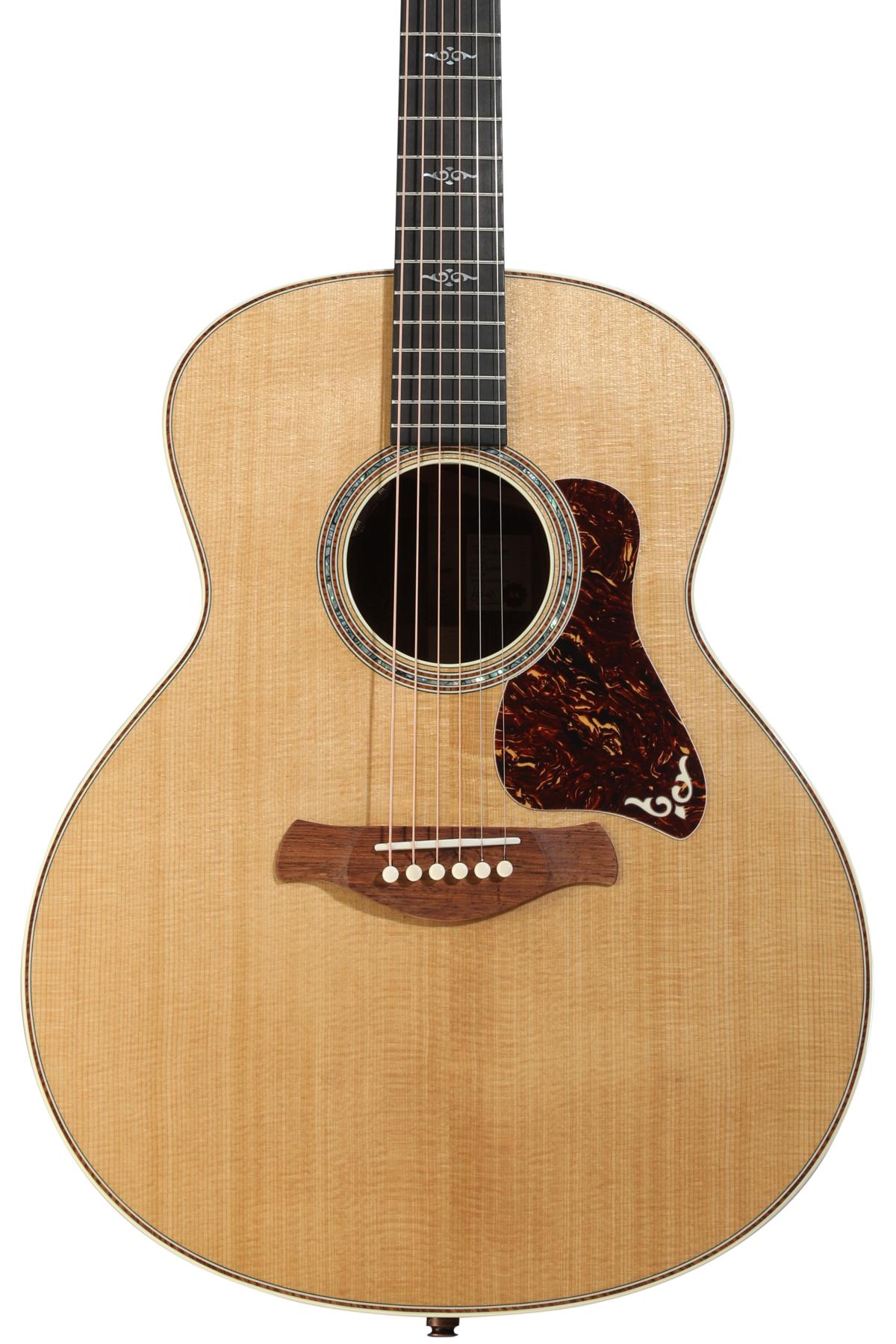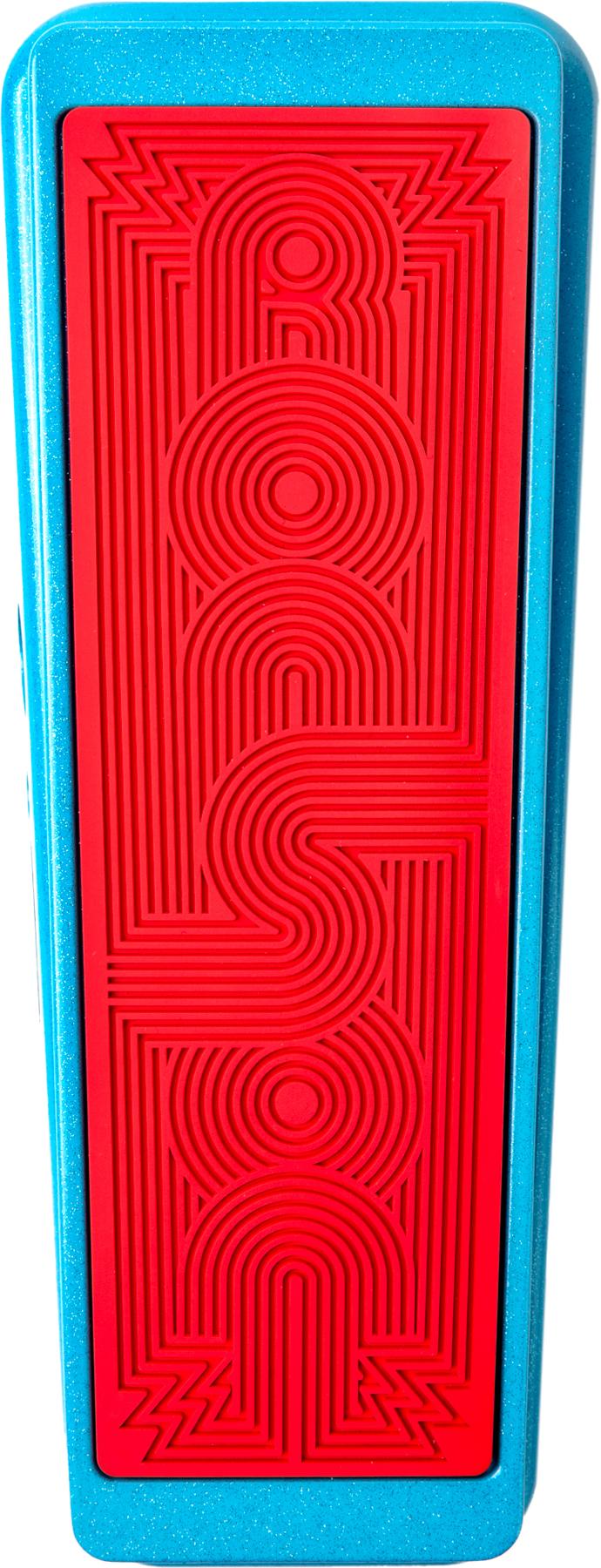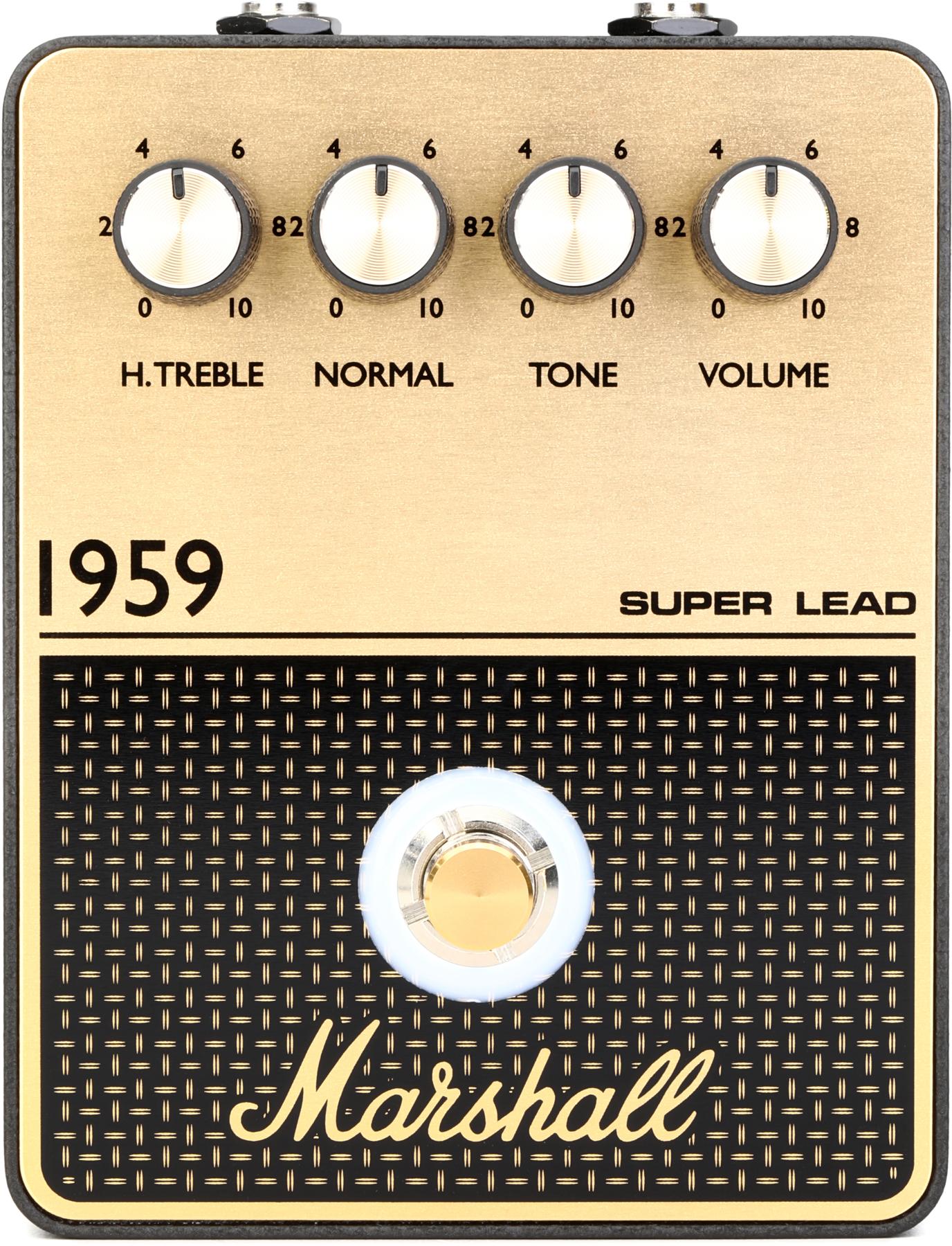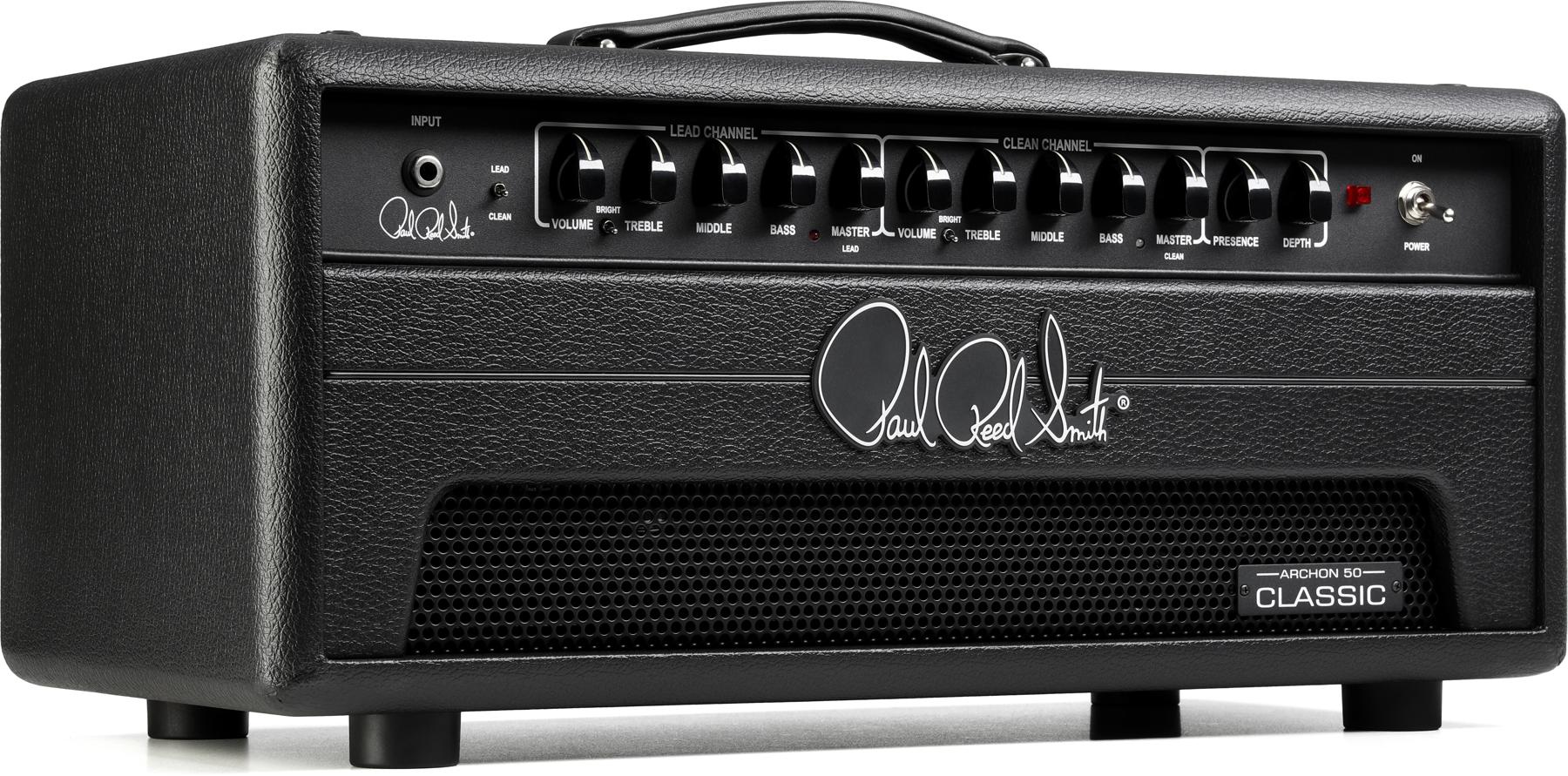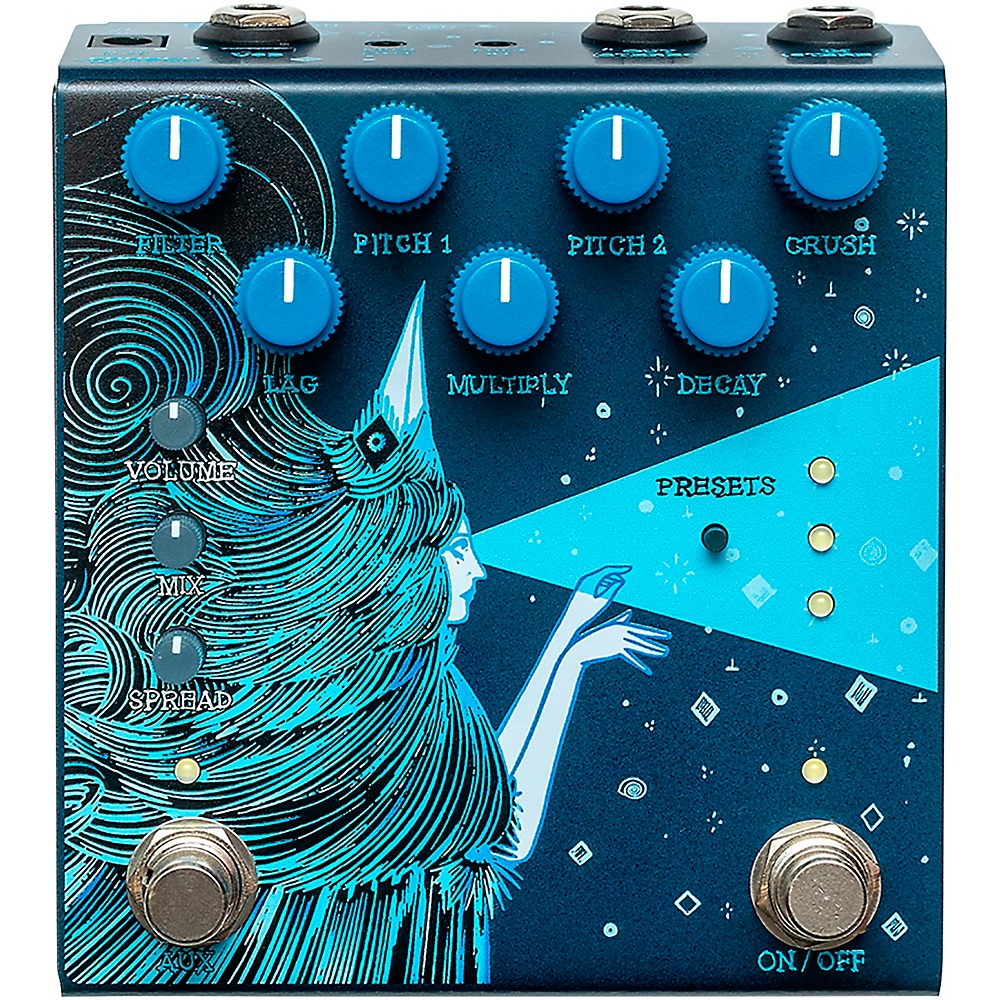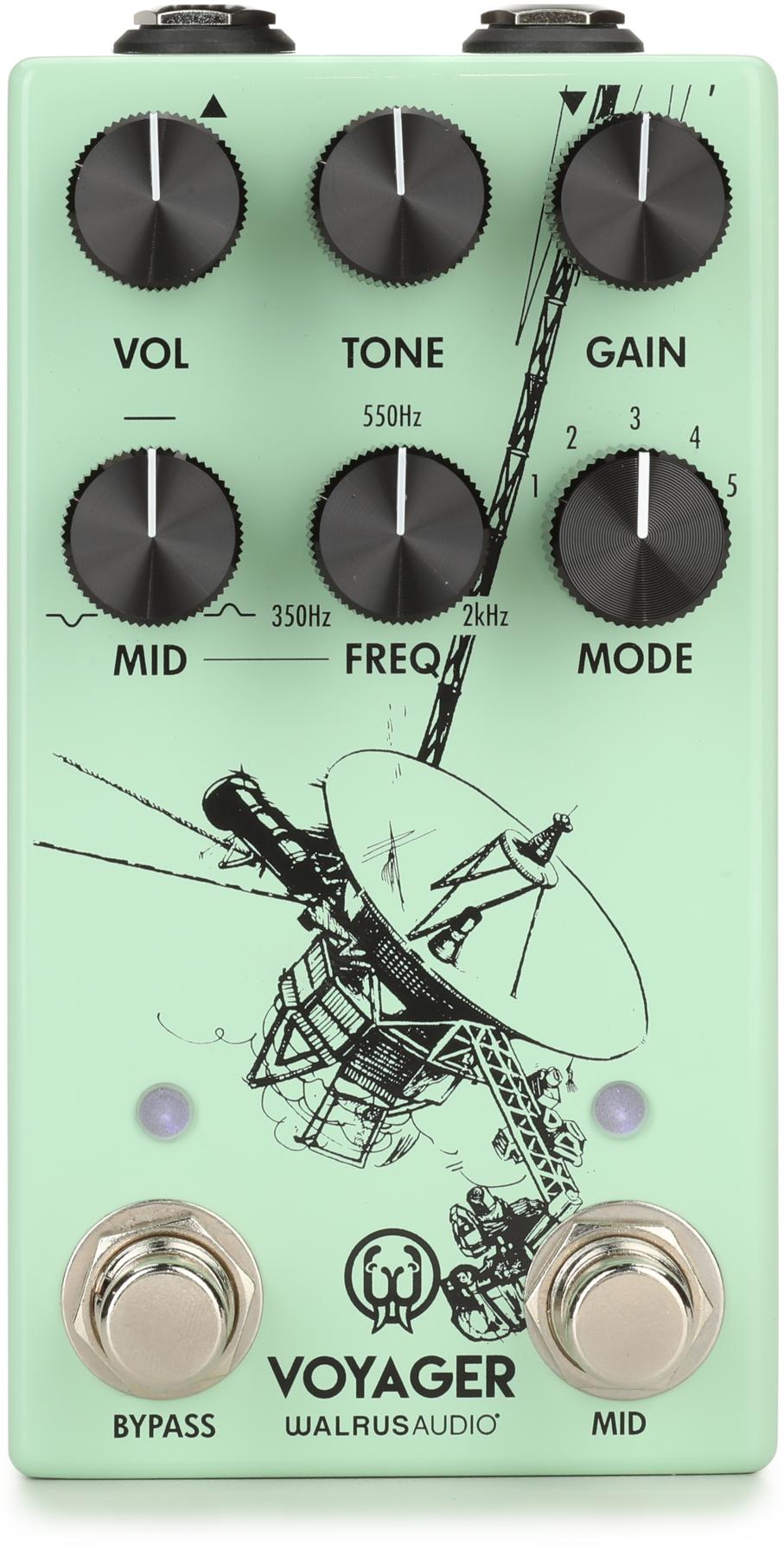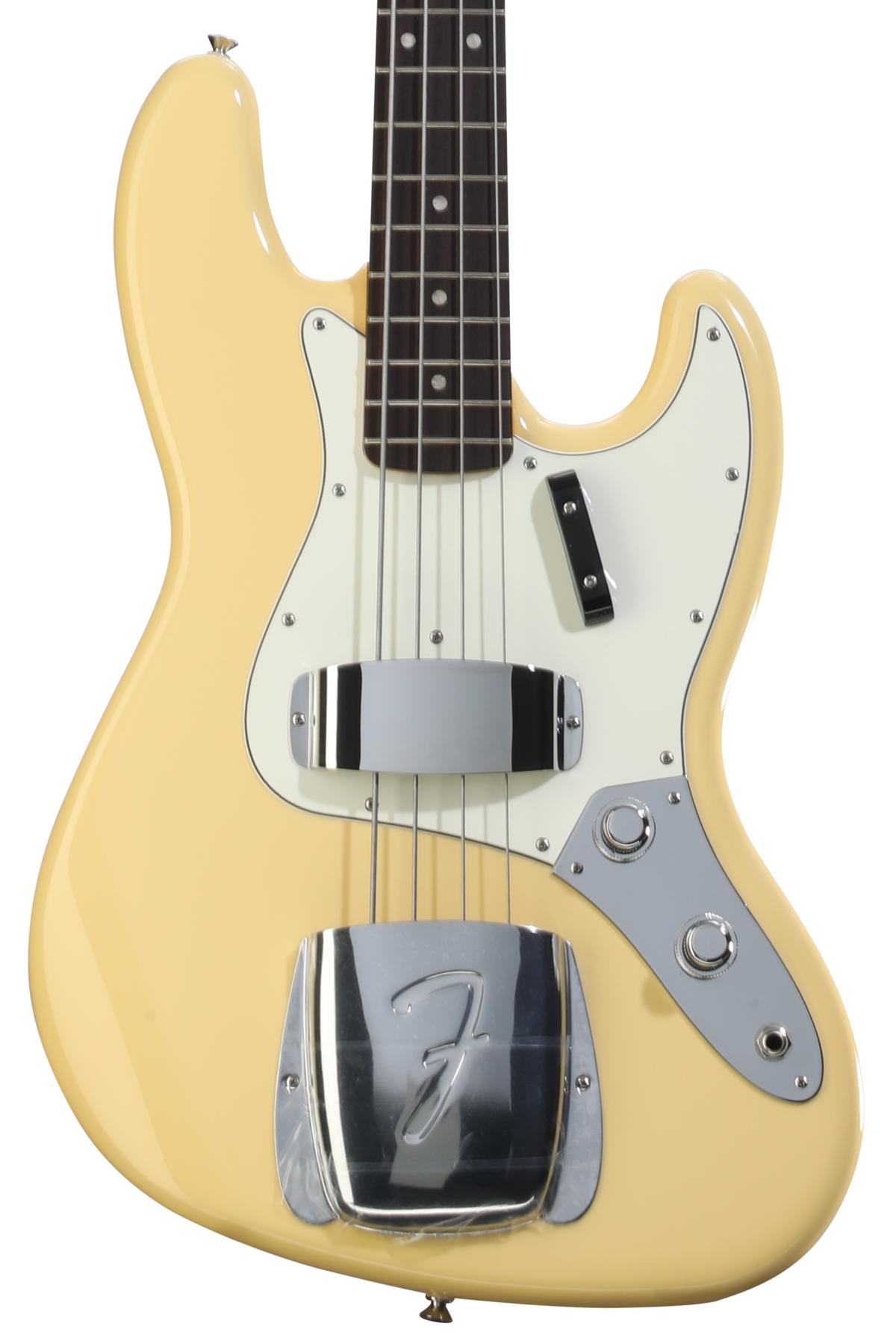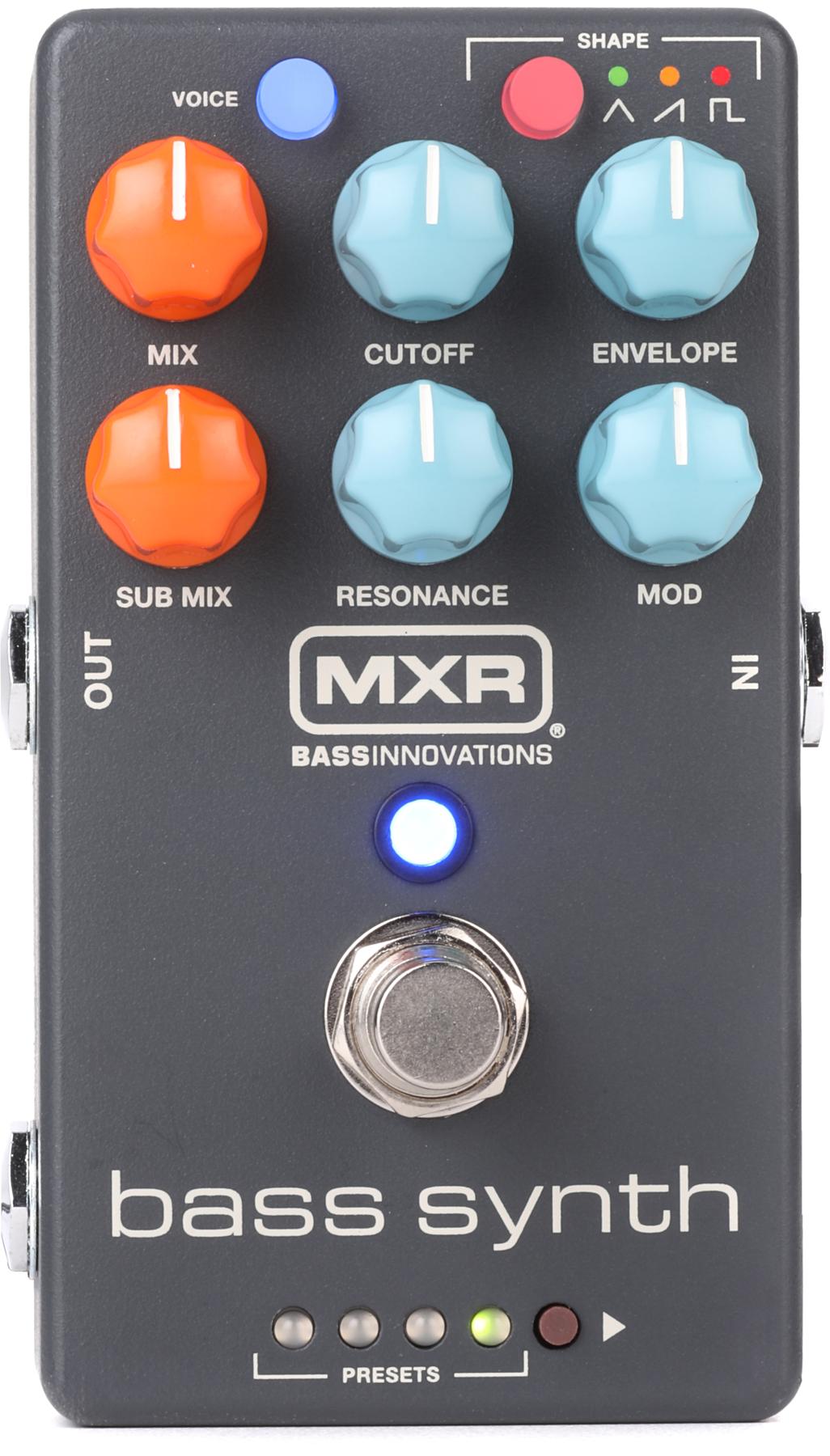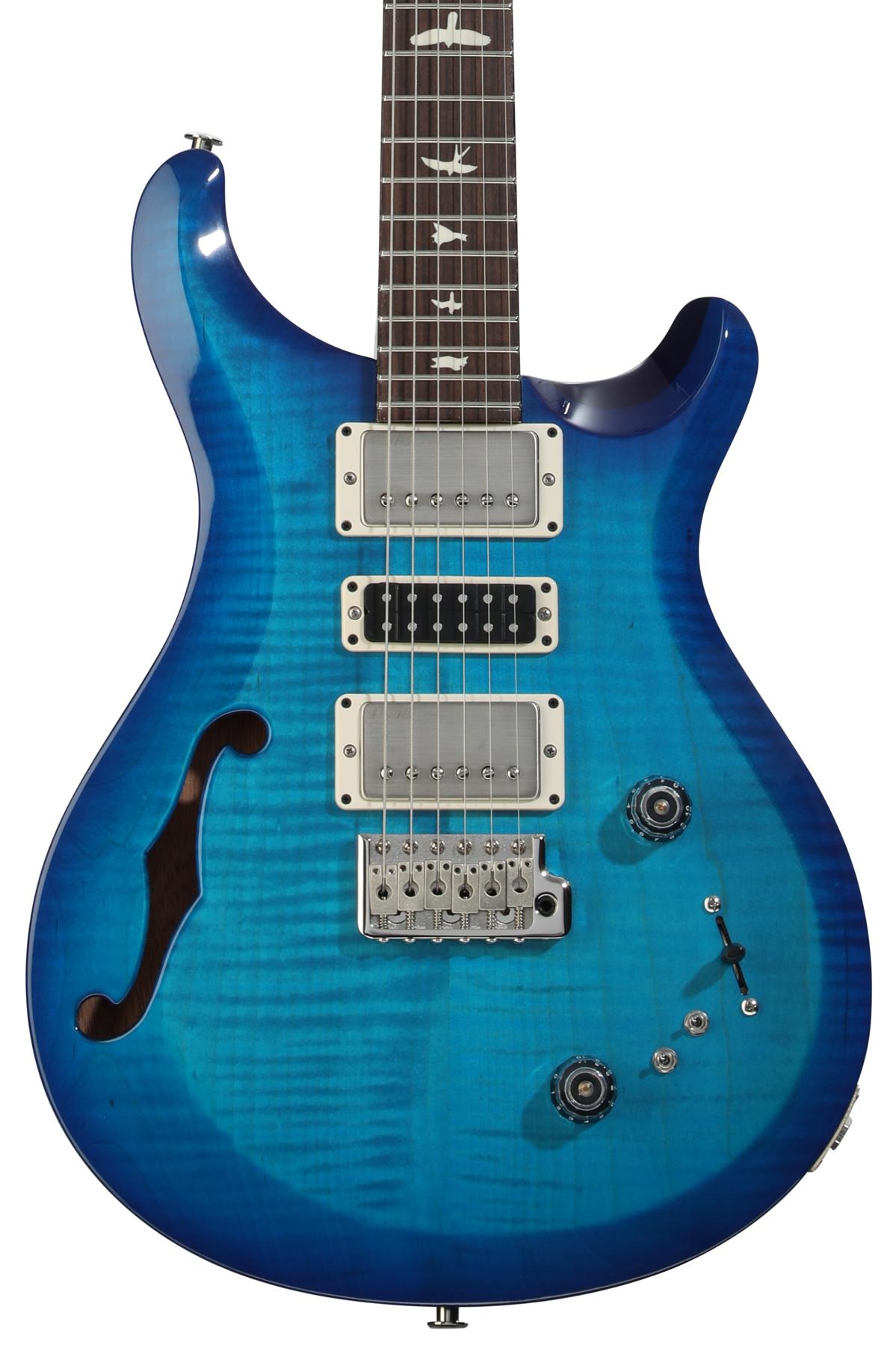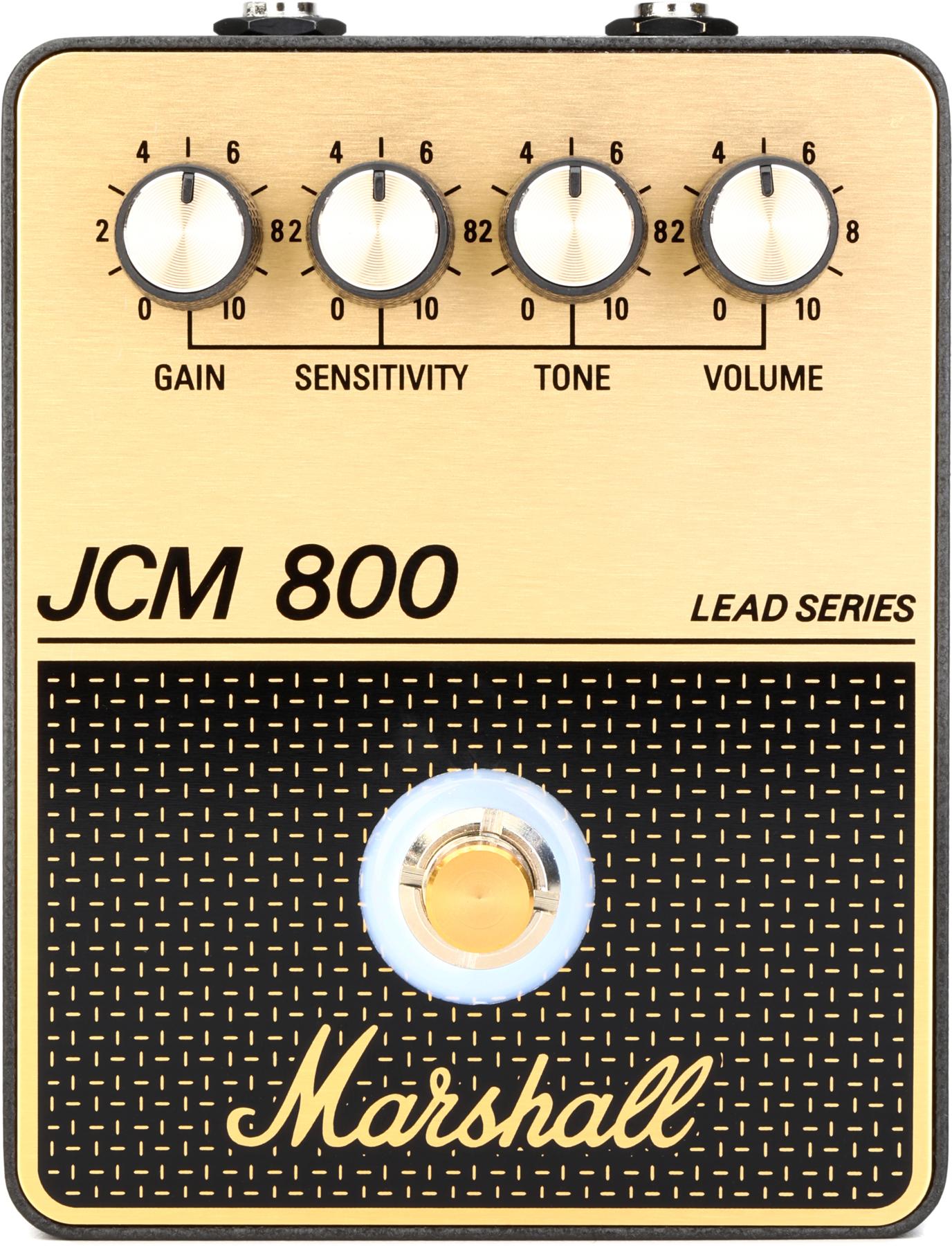Hello, Ask Amp Man fans. Well, I’ve decided once again to forgo a reader question and instead bring you the story of another cool amp that’s recently crossed my bench. This amp may not be well known, but it’s yet another offering from the amplifier hotbed known as North Jersey. The area was first put on the musical map in the ’60s by a little company called Ampeg, which became one of the largest, most respected amplifier brands of the day—and still commands respect. As in the modern tech industry, Ampeg employees spun off to start their own companies. One such “spinner” was Jess Oliver, Ampeg vice president and inventor of the Ampeg Portaflex B-15 amp, who left and formed Oliver Sound Company. (Maybe one day I’ll do a column on an Oliver amp.) Another Ampeg departee of note, who is well known in our boutique amplifier world, is Ken Fischer. In the mid ’80s, Ken began building his own amplifiers under the name Trainwreck. They have garnered iconic boutique-world cult status.
Yet another, unfortunately lesser-known, amp guru who worked at Ampeg in the early ’60s and eventually decided to strike out on his own was Dennis Kager. Having already established himself as a great repair tech, Kager, along with a partner named Dennis Bock, opened Dennis Electronics in 1967. Being a guitarist as well as an electronic technician (a vital combination for a guitar amp designer, IMHO), he also decided to design and manufacture his own line of amplifiers. In 1984, Kager began producing Sundown amplifiers. Amps with channel switching and master volume were becoming de rigueur for guitarists, and that’s what Dennis was offering. They became the amps of choice for many players, including John Scofield, Allan Holdsworth, and even James Burton, so let’s take a look at this fine example I recently encountered.
WARNING:
All tube amplifiers contain lethal voltages. The most dangerous voltages are stored in electrolytic capacitors, even after the amp has been unplugged from the wall. Before you touch anything inside the amp chassis, it’s imperative that these capacitors are discharged. If you are unsure of this procedure, consult your local amp tech.This particular amp is a 100-watt Artist combo powered by four 6L6s, although these amps were also available in a 50-watt version. As was typical around this time, manufacturers were packing maximum power into a minimal box. That’s not my favorite configuration, but players wanted portability along with the ability to be heard above the band, as sound reinforcement wasn’t quite as advanced as it has become. High power, of course, required a substantial speaker, and while I’ve not been able to officially verify the original speakers used in these 100-watt Sundowns, I believe they might be Celestion G12K-100s. This example has a replacement Mesa 150-watt Black Shadow, which should handle anything this amp can throw at it. Now, let’s talk features, of which it has a few unique ones.
Photo 1
Effects loop. Although effects loops were not really anything new at this point, Dennis had a distinctive approach. Often, we like to use a particular effect or two on our clean sound, but switching to an overdriven dirty sound requires a different treatment. Today there’s no shortage of loopers and switchers, but not so in 1984, so Sundown amps incorporated two passive loops: one for the clean, or “green,” channel and one for the overdrive, or “red” channel (Photo 1).
Photo 2
That feature came from the player side of the designer, I’m sure. And speaking of red and green channels, this amp sports a set of tone controls for each one, making it much more versatile than simply adding an additional gain stage for overdrive. And there’s even a tiny little circuit board on the rear of the green channel controls that contains the channel’s tone components (Photo 2), so if you’d like to tweak the tone of this channel, tweak here!
Photo 3
Power management. As I mentioned before, this amp does have a master volume, which is dedicated to the green channel, but there are additional special controls that allow the user to adjust the overall power and response of the amp (Photo 3). First up is the “governor” control. This is actually a very basic PPIMV (post phase inverter master volume), which—when used judiciously—will reduce the volume of the amp while adding a bit of a compressed feel.
Photo 4
The cool thing here is that it’s assignable to either the red (default) or the green channel, with a simple pull of the governor control, allowing you to give even the green a bit of an overdriven and compressed feel. Then there’s the “RMS” control. This is unique and I’m pretty sure Sundowns are the only amps I’ve seen utilize this design—which makes sense, since I believe Dennis received a patent for it. It consists of a 250-ohm, 5-watt, wire-wound pot (a rheostat) and a bypass capacitor (Photo 4). This is wired to the cathodes of the output tubes and actually electrically lifts the cathodes from ground, in essence turning the amp into a quasi-cathode biased amp and causing a reduction in output power. Cool and ingenious indeed!
Photo 5
This amp came to me with a pretty substantial hum, which was caused by a filter capacitor failure. The first two filter stages each utilize a pair of 80 µF 450V caps in series and are mounted on their own circuit board (Photo 5). Two are on top, the other two on the bottom. When wired in series, each pair becomes a virtual 40 µF 900V capacitor—definitely necessary, as the primary B+ voltage in this amp is just shy of 500V and is even higher when the amp is in standby. Some new caps and a good cleaning and this amp should be ready for some ’80s-style jazz-fusion … or maybe some Wrecking Crew classics.




